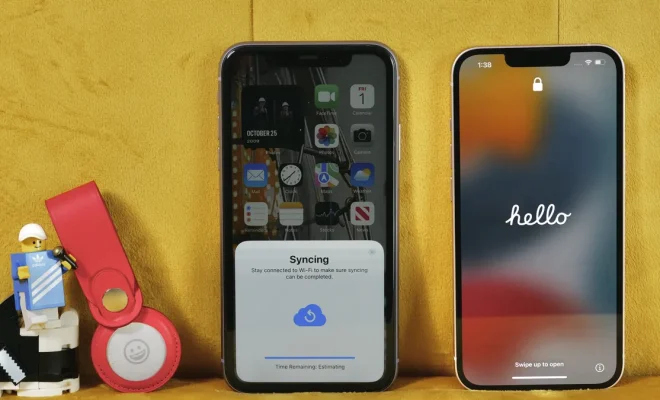Can a Playlist Boost Your Performance? Yes, With the Right Songs

Music has been an integral part of human culture for thousands of years. It has the power to evoke emotions, memories, and even foster a sense of community. In recent years, many people have started using music as a means to boost their performance in various activities.
There’s no denying that the right playlist can do wonders for your motivation and focus. However, it’s crucial to choose songs that resonate with you on a personal level and also match the intensity required by your chosen tasks. In this article, we explore how a well-curated playlist can enhance your performance and provide some tips for creating the perfect one.
The Science Behind Music and Performance
Numerous studies have shown that listening to music can improve cognitive function, motor skills, and overall mood. Dr. Costas Karageorghis, an expert in sports psychology at Brunel University London, explains that there are four key factors in choosing music that will boost performance: tempo, rhythm response, melody/harmony, and associations.
1. Tempo: The number of beats per minute (BPM) in a song is crucial. It helps determine whether you’re working at a faster or slower pace. A brisk tempo raises arousal levels and boosts energy.
2. Rhythm response: This refers to how physically engaged you feel with a song’s beat or groove – think head bobbing and foot tapping. A strong rhythm keeps you engaged with the task at hand.
3. Melody/Harmony: The melody and harmony of a song can evoke emotions which may either enhance or hinder your performance. Positive emotional responses can contribute to improved focus.
4. Associations: This represents the personal connection you have with a song – be it through memories or simply liking the tune. Finding music that holds meaning for you is essential.
Choosing the Right Songs
When compiling your ultimate playlist for optimum performance, consider the following:
1. Tailor Your Playlist to the Task: Selecting songs that reflect the nature of your activity will help create an environment conducive to success. For instance, high-energy songs are perfect for intense workouts, while calmer tracks may be better suited for concentration.
2. Set the Volume: Your playlist shouldn’t be too loud or distracting – it’s genuinely about finding a balance that keeps your mind focused and energetic.
3. Experiment with Genres: You might discover that certain genres hold more power over your productivity levels than others. Don’t hesitate to explore different styles and artists to create your perfect mix.
4. Build-up to Get Started: Begin your playlist with a few warm-up tracks that gradually build pace and energy, setting the tone for the work ahead.
5. Monitor Your Progress: Experiment with different types of music and playlists during various tasks to determine which works best for you. Keep track of what’s effective and make adjustments as necessary.
Conclusion
The saying “music is the universal language” rings true for good reason – it influences our thoughts, emotions, and actions in countless ways. By crafting a playlist specifically tailored to your personal preferences and task’s requirements, you can tap into music’s innate power, building up the right energy levels, focus, and motivation needed for stellar performance. So grab those headphones, fine-tune your playlist, and let the music amplify your productivity!



